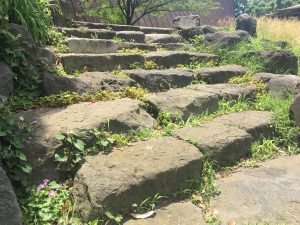Lucky Dragon Incident:
I have encountered The Lucky dragon’s story twice before reading the assigned readings and attending the museum today: once in Professor Selling’s Fantastic and Demonic literature course in context with Godzilla, and a second time in Professor Christmas’s Modernity and Identity: Japanese History course in context of American Occupation after WWII. I came in knowing the basic narrative to the grim event, but the museum was a source of enrichment and the detail gaps were filled.
- The Lucky Dragon was only the first of many incidents in which nations (mainly the United States and Russia) tested out their nuclear weapons. Testing was conducted allover the world, mainly in desserts. People all over the world: Japanese, Native Americans and other societies suffered from the fallout of these testings.
- Science is often equated with objectivity and facts, which inspires belief from the people; but this is a prime example in which the data maybe manipulated to fit one’s agenda.
- With confronting political agendas, Japanese doctors and American doctors were drawing distinct conclusions from each other. The media covered the story, but the difference in findings caused distrust on part of the Japanese citizens toward doctors and government officials.
- The uprisings that emerged due to this incidents were the beginning of the anti-nuclear movement that would then be revived in 2011 after Fukushima.
Side NOTE: I was sort of surprised at the grounds on which the museum was housed, but I really liked these stone steps which we found outside the museum.


